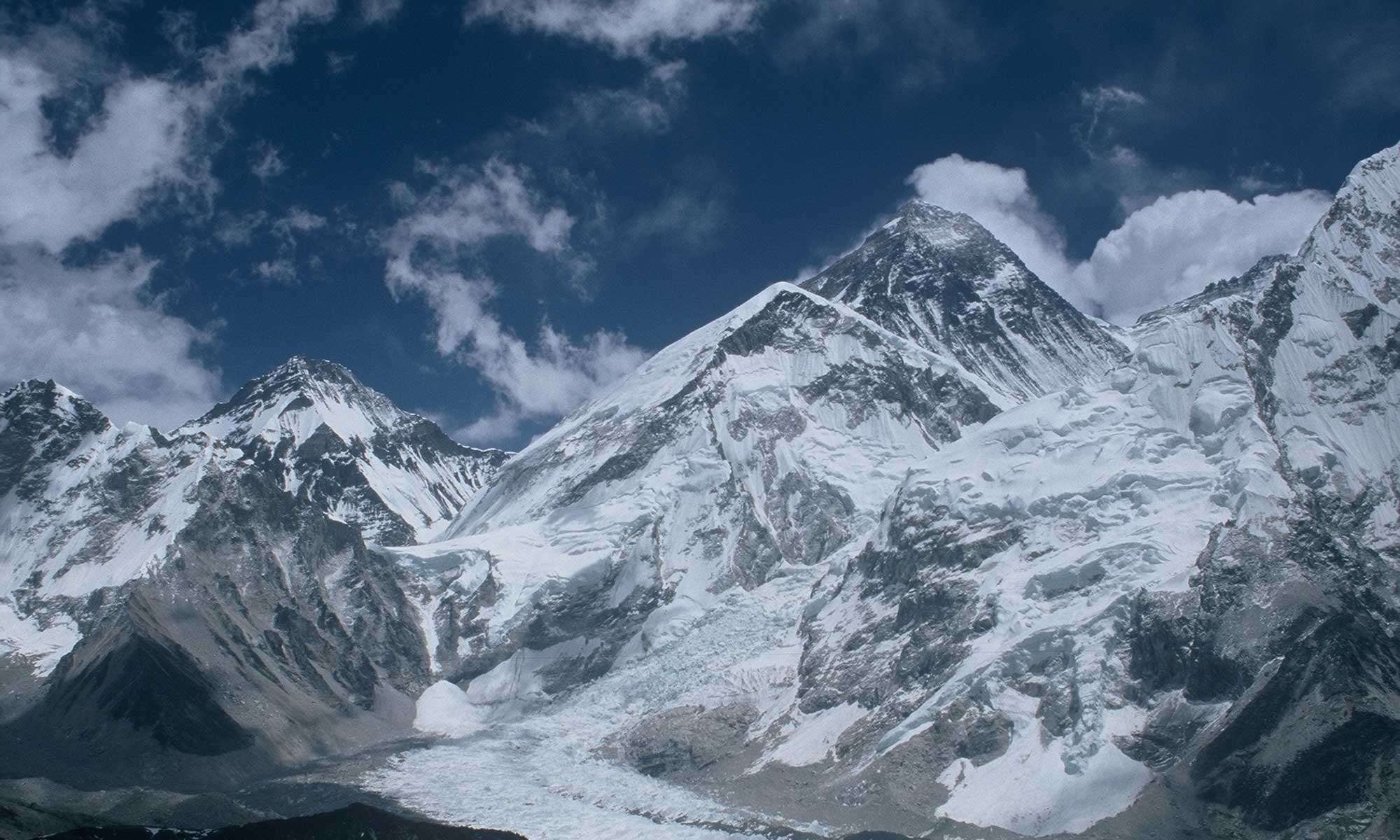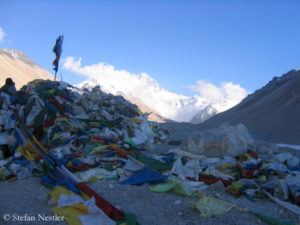“Only millionaires left who expect you to carry anything after them.” So an expedition leader, who is often en route in the (due to climate change unfortunately not quite) eternal ice of the Arctic, described his clientele to me some time ago. The reason is obvious: the price for last-degree expeditions – from 89 degrees latitude to the North Pole – has almost tripled in the last ten years due to increasingly expensive logistics, to currently around 60,000 euros. The prices for expeditions to the Antarctic – whether to the South Pole or to the continent’s highest mountain, Mount Vinson – have the same order of magnitude and thus are actually out of reach for average earners. The same now applies to the “Third Pole”, Mount Everest – at the latest since the drastic increase in permit fees on the Tibetan north side of the mountain, which comes into force on 1 January 2020.
Higher fees to be passed on
As reported, the Chinese-Tibetan authorities are demanding 15,800 instead of 9,950 dollars per expedition participant from January 1, 2020, a whopping plus of 58 percent for the ascent of the world’s highest mountain. Also for Nepalese Climbing Sherpas the prices were strongly increased: 4,500 instead of 3,300 dollars so far (plus 36 per cent). It is obvious that the commercial expedition organisers will pass on these additional costs to the total price. And according to everything you hear on the scene, it is probably only a matter of time before the Nepalese government also tightens the price screw for Everest: if not in 2020, then pretty sure in 2021.
Less sponsorship money
Even now, expeditions cost an average of between 50,000 and 60,000 dollars per member, with an range of up to 160,000 dollars. Who can and wants to afford Everest? With the money, if you have it at all, you could buy a fancy new car or use the sum as a basis for buying a property.
“The sad thing is that in the future Everest will be a mountain only for the rich or sponsored,” an expedition operator wrote to me these days. The number of sponsored people is also likely to decline. Recently, even professional climbers have increasingly complained that it is becoming more and more difficult to find sponsors for mountain projects. So in the end, only the rich will be left on Mount Everest – and will be stuck in a traffic jam on the summit ridge. Because there are still many millionaires around the world who want to have the “Everest summiter” printed on their business cards. Wanna bet?



